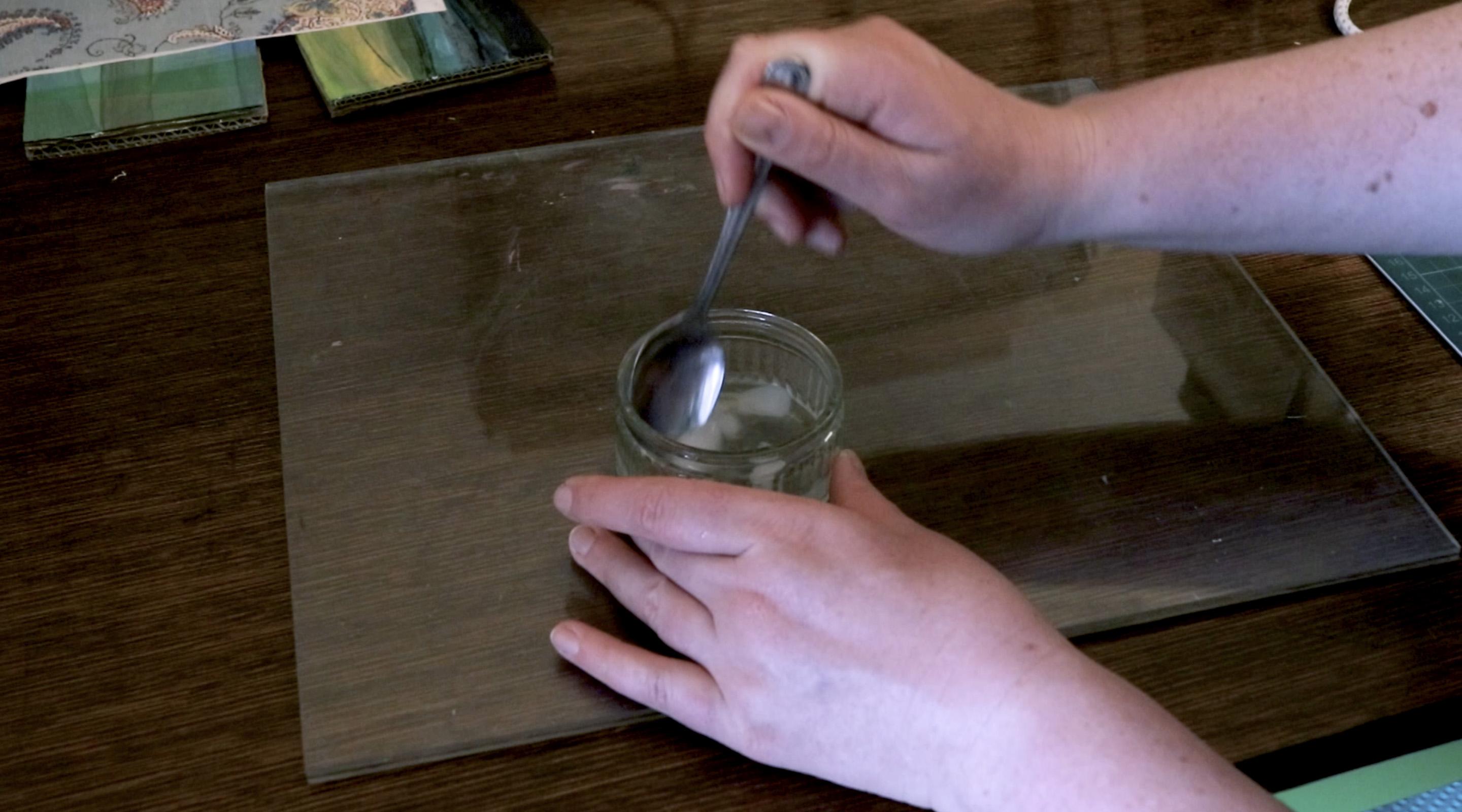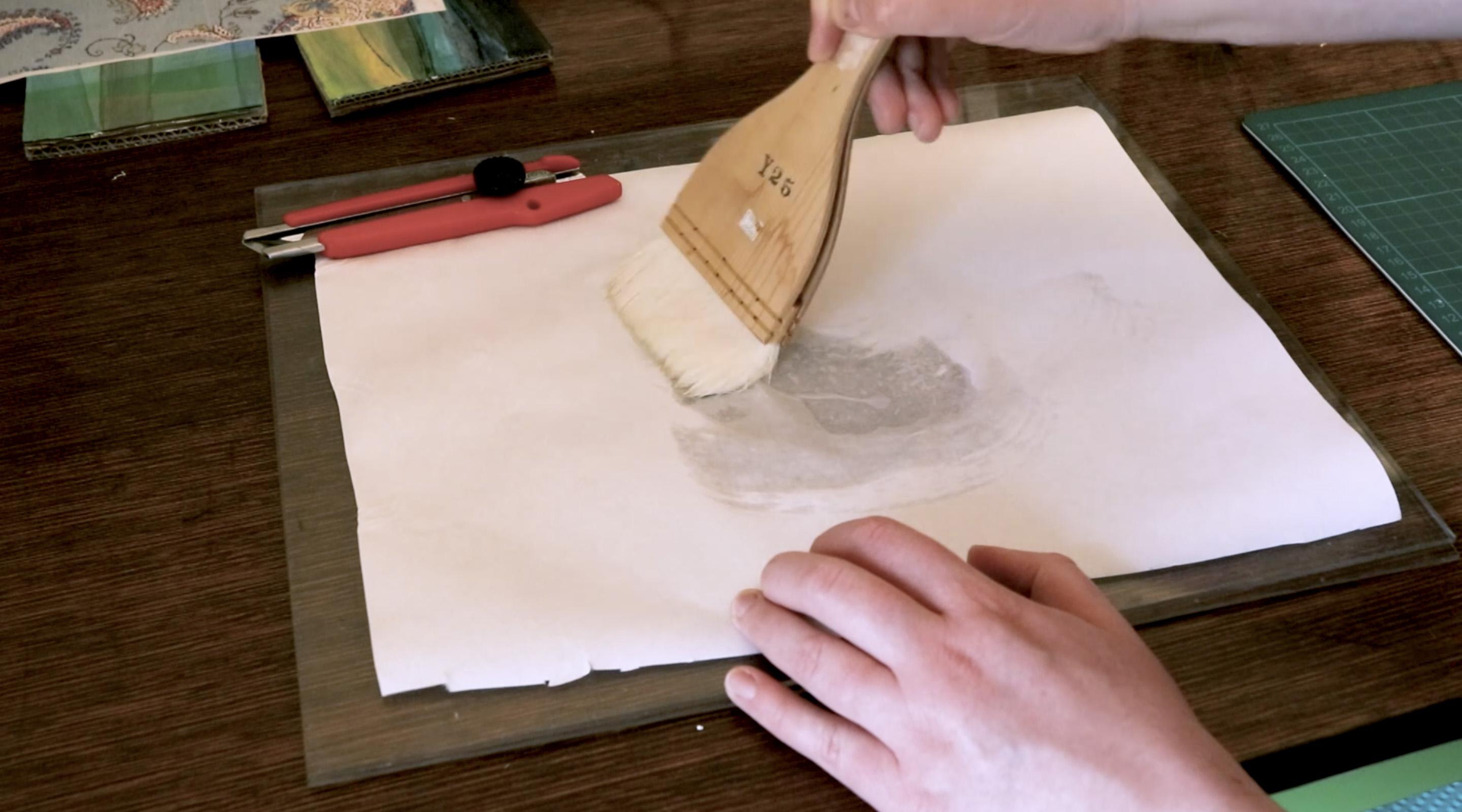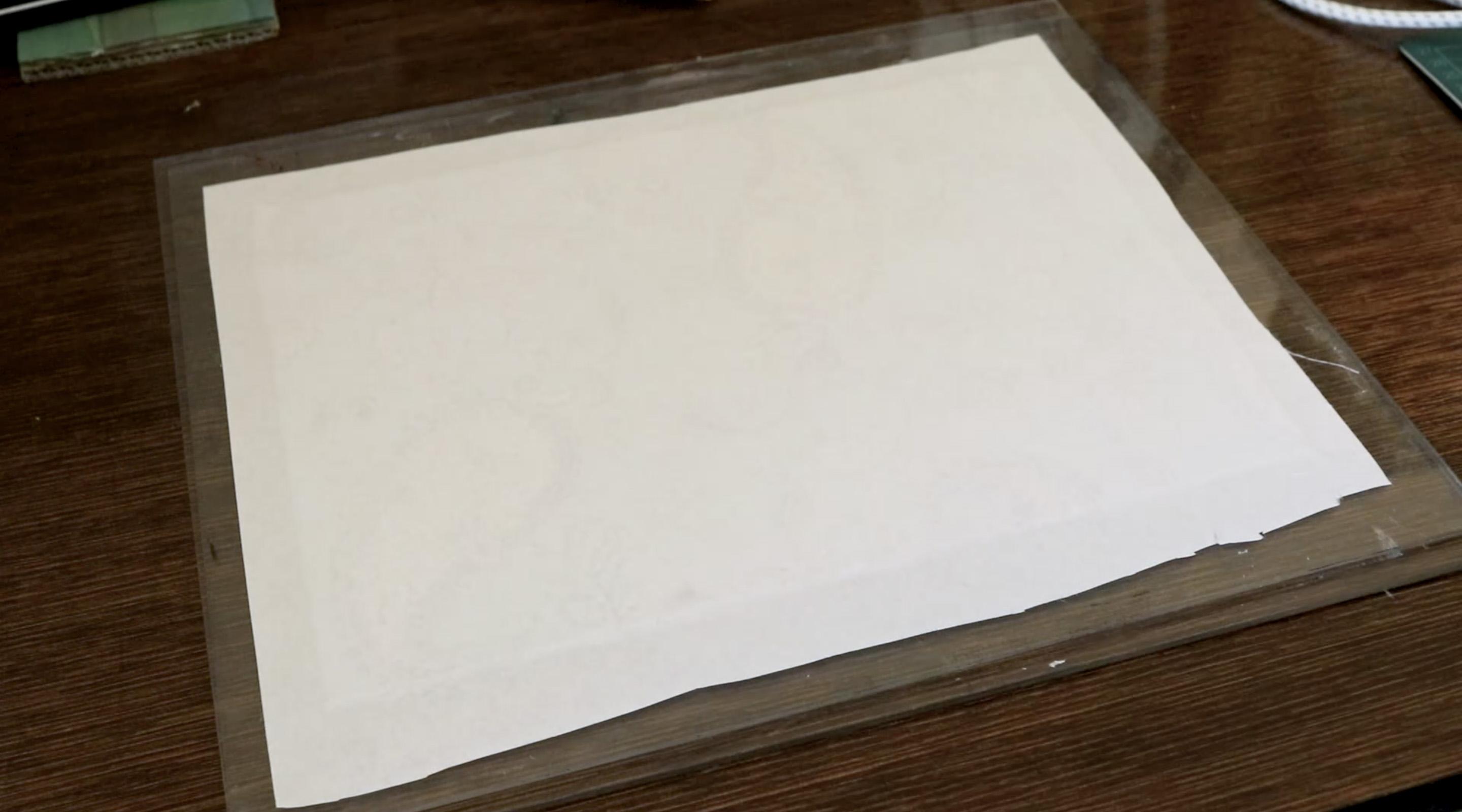How to Make Your Own Book Cloth
by crumpart in Craft > Books & Journals
16184 Views, 52 Favorites, 0 Comments
How to Make Your Own Book Cloth



Recently I’ve made a bunch of projects showing you how to make and cover different kinds of books, and I’ve mentioned something called book cloth in a few of those projects.
Book cloth is a type of fabric that can be used to make covers for your handmade books. It has a paper backing that helps stiffen the cloth and give it some structure, and it also stops your glue seeping through the fabric.
You can buy commercially made book cloth from specialty stores, but if you have some fabric with a cool pattern on it, you can use that to make your own book cloth. Today I’m going to show you how to make book cloth, and my example uses recycled fabric from an old bedsheet.
Supplies
Scrap perspex or glass (alternatively, use a window, and use waxed paper underneath your washi or tissue while gluing up.)
Fabric, pre-washed and dried
Paper (thin Japanese paper like hosho or washi, or acid free tissue)
Rice paste or wheat paste, thinned with water if it’s too thick
Soft glue brush
Roller or a second clean and dry brush
Utility knife / scissors
Iron / ironing board
Spray bottle with water (optional)
Preparing Your Glue

You’ll need a starchy glue for this project. Rice paste and wheat paste both work well. You can make your own glue from scratch if you want to, or you can use a commercial preparation. I used a commercial Japanese rice paste. You need to be able to spread the glue thinly, so if it's too thick, thin it down with some hot water.
Preparing Your Fabric


Wash and dry your cloth, then cut or tear it down so it's smaller than the piece of glass or perspex that you'll use to support the cloth as it dries. Iron the fabric to get rid of any wrinkles.
Preparing Your Paper




Cut a piece of your paper so that it's slightly bigger than your piece of cloth. Ideally, the grain for the paper should run in the same direction as the grain of the cloth.
The paper that I used is a Japanese hosho paper. Any type of thin washi paper will work well for this, and you can also use acid free tissue. Tissue isn’t as strong as washi or hosho paper, so you’ll just need to be a bit more careful when you handle it.
If you're using hosho paper and it has a rougher and a smoother side, add the glue on the rough side with a soft, wide brush. Start in the centre and work your way out to the edges, making sure the whole sheet of paper is covered in glue. I do this on one of my pieces of perspex, but if you don’t have glass or perspex you can do this on top of some non-stick waxed kitchen paper.
Sticking the Paper to the Cloth




Use your second piece of perspex to lay out the fabric. If you don’t have flat glass or perspex, you can use a window for this step. To do this, you’ll need to wet your fabric with a spray bottle and drape the damp fabric up against the window. The surface friction from the water will hold the fabric in place until you can cover it with your glued paper.
If you’re making it flat on a piece of plastic like I did in the example, you can also wet it down with a spray of water, but it’s not entirely necessary. Lay the fabric out flat on your glass or perspex with the reverse side of the fabric face up, and drape your paper with the glued side down over the fabric, so that the paper covers the fabric completely with a small paper border around all the edges. Flatten the paper as best you can with your hands, then use a small roller or a second brush (make sure it's clean and dry) to gently smooth out any air bubbles. You don’t need to push too hard. When you’re done, leave everything as is to dry overnight.
Finishing Your Book Cloth





The next day when the glue is fully dry, you can peel the finished book cloth away from the glass or perspex. Starch glue won’t permanently stick to the plastic, so you should be able to pull up a corner and then the rest of the edges will easily pull away. If you have trouble getting the glue to pull away, you can reactivate your starch paste around the edges of the cloth with some water to loosen it. If you used a piece of cardboard instead of glass or plastic, you'll need to cut the cloth out.
And that’s how you make book cloth! You can make bigger pieces if you have enough space, and you can trim away the paper edges if you want to, or just leave them until you’re ready to make your book cover.